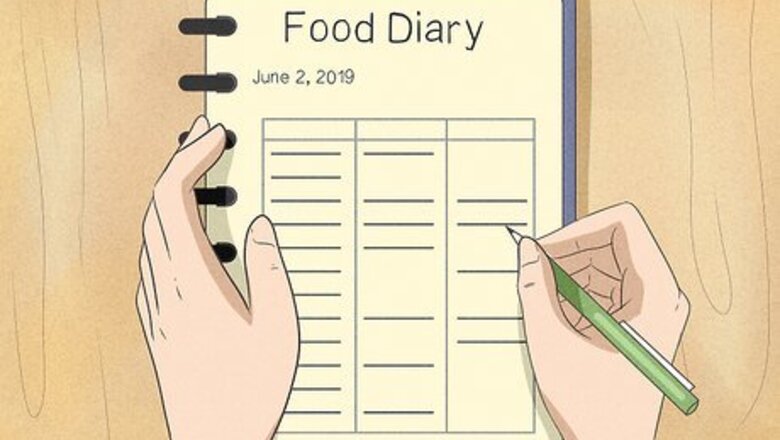
views
Diagnosing the Condition

Write down the symptoms you experience when you eat sugars. Keep a food diary of everything you eat and how you feel afterward. In addition to table sugar and fruit, be mindful of sugars found in processed foods. Bring your food diary with you when you talk to your doctor. On food labels, sugar may be listed as sucrose, fructose, and lactose.
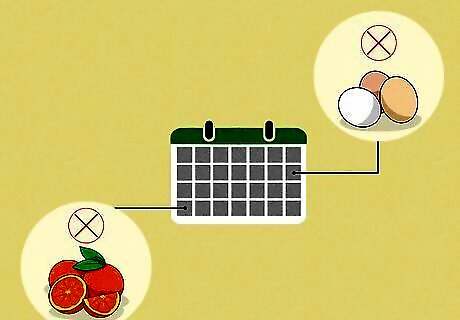
Try an elimination diet to see if your symptoms improve. You may have a food sensitivity that's causing your symptoms. To help you find out, cut common food allergens out of your diet for 2-4 weeks. Then, introduce the foods back into your diet 1 at a time to see if they cause a reaction. If a food triggers your symptoms, cut that food out of your diet. Common food allergens include dairy, gluten, eggs, soy, peanuts, tree nuts, citrus, shellfish, corn, and beef products.Tip: If a food upsets your stomach, talk to your doctor about taking digestive enzymes when you eat them. This may help you avoid upset stomach.
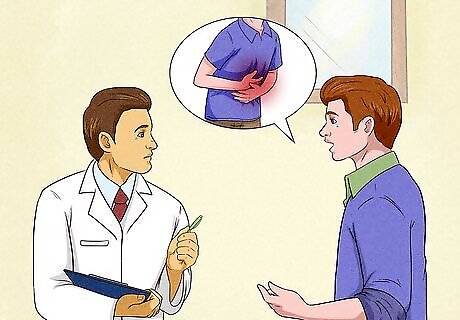
Visit your doctor if you show symptoms of a sugar intolerance. Sugar intolerance requires a doctor’s diagnosis and treatment. The symptoms are general intestinal upset, bloating, gas, diarrhea, and stomach cramps. These symptoms usually start or get worse after eating certain, sugar-containing foods. If you experience these symptoms, make an appointment with your doctor to determine the cause. If your doctor isn’t a GI specialist, then they will probably refer you to a gastroenterologist for more expert treatment. Sugar intolerance symptoms look a lot like other conditions like irritable bowel syndrome. This is why seeing a doctor is important. That way, you can find out the exact cause and treatment for your symptoms. Sugar intolerances usually start during childhood, so pay attention if your child is showing these symptoms as well. An affected child may also grow more slowly because their bodies aren’t absorbing nutrients properly.
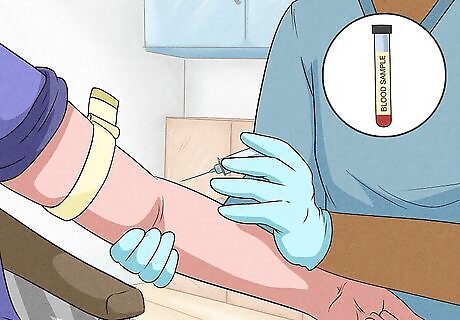
Have a test to determine which type of sugar you’re sensitive to. There are a few different tests to diagnose sugar intolerance, depending on the particular compound you’re sensitive to. After a physical exam and medical history, the doctor will try a few different tests if they suspect you’re sensitive to sugar. For fructose sensitivity, the doctor will give you a small dose of fructose orally and then measure your breath. A spike in hydrogen indicates a positive test. A similar breath test is used for lactose intolerance. To test for glucose or sucrose sensitivity, your doctor may take a blood sample to measure your blood sugar levels.
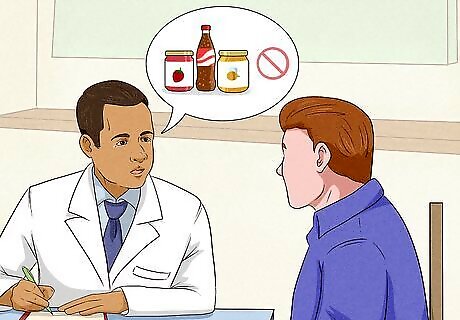
Consult your doctor or a dietician on how to adjust your diet. If your test positive for a sugar intolerance, the main treatment is changing your diet to avoid foods that aggravate your symptoms. Since there are different types of sugar intolerance, the specific adjustments depend on your condition. Consult your doctor and follow their instructions on which dietary changes to make. If you need more guidance on managing your diet, speak with a professional nutritionist or dietician. Find a licensed professional, approved by the Academy of Nutrition and Dietetics, near you at https://www.eatright.org/find-an-expert.
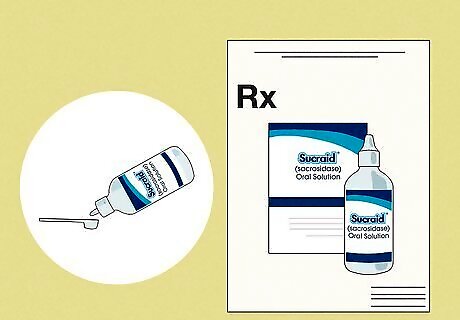
Take prescription Sucraid if you have a sucrase deficiency. Sucrase is the enzyme that breaks down sucrose, so you’ll have a sucrose intolerance if you lack this enzyme. Sucraid is a medication that replaces sucrase and helps you deal with your condition. Your doctor may prescribe it if you have a sucrose intolerance. A similar pill can help with lactose intolerance. There are a few different brand names, so ask your doctor with is best for you.
Adjusting Your Diet
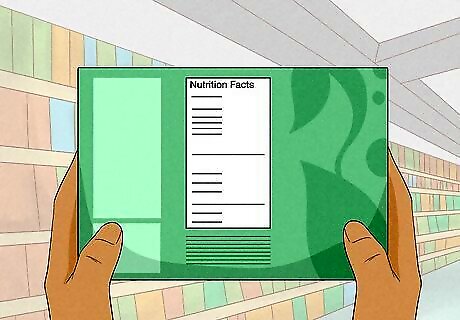
Read all food labels and cut out products that are high in sugar. If you’re diagnosed with any type of sugar intolerance, then you have to become a more cautious shopper. Always check food labels before buying anything to see how much sugar it contains. If the levels are too high for you to tolerate, then cut that food out of your diet. The specific amount of sugar that you can tolerate depends on your condition. Follow your doctor’s advice on keeping your intake below a certain level. Some other compounds to avoid are high-fructose corn syrup, honey, agave syrup, and molasses. If you can tolerate some sugar, then you can have foods where sugar isn’t listed as one of the first 4 ingredients. While these foods contain sugar, it’s in a much lower concentration that may not trigger your symptoms.

Switch to low-fructose fruits and vegetables. While fruits and vegetables are very healthy, some are also very high in fructose. You need some fruits and vegetables in your diet, so stick to low-sugar varieties. For fruit, good choices are blueberries, strawberries, raspberries, and avocados. Choose veggies like leafy greens, broccoli, carrots, green beans, celery, and cucumbers. Stick to these types to avoid triggering your symptoms. You’ll probably tolerate these fruits and vegetables better with a meal than by themselves. Fruits and vegetables particularly high in sugar are apples, bananas, grapes, watermelon, asparagus, peas and zucchini. Most fruit juices are also very sugary, so cut them out of your diet.Warning: Limit the amount of fruit you eat, as it's high in natural sugars. Talk to your doctor or dietitian about how much fruit you can safely eat while still managing your symptoms.
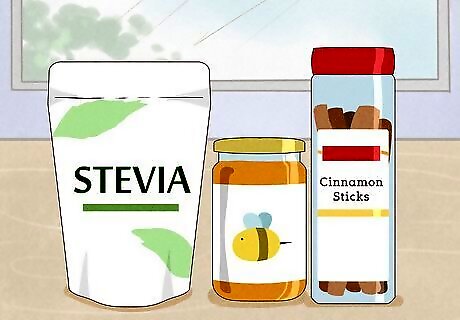
Use alternative sweeteners to avoid added sugar. Some natural and synthetic sugar alternatives can still sweeten your food and drinks without aggravating your symptoms. These include stevia, xylitol, erythritol, monk fruit extract, and saccharin. Try replacing table sugar with these alternatives. If you’re not very sensitive, then you might be able to use honey, maple syrup, molasses, coconut sugar, brown rice sugar, banana puree, or dates instead of table sugar. Only use these sweeteners if your doctor tells you it’s safe. Depending on the type of sugar intolerance you have, other sweeteners might affect you too. If you can’t tolerate any added sugar or sugar substitutes, cinnamon can flavor some foods.

Limit or eliminate your intake of dairy products if you’re lactose intolerant. Lactose is a type of sugar in dairy products, and lactose intolerance is one of the most common types of sugar intolerance. Cut your dairy consumption, or use dairy alternatives like soy milk, to avoid aggravating your symptoms. You might be able to eat dairy products if you take a prescription pill beforehand. Speak with your doctor to find out if this is a good option for you. If your lactose intolerance isn’t bad, you might be able to have dairy products in smaller servings. For example, use half the amount of milk you usually do in your cereal.
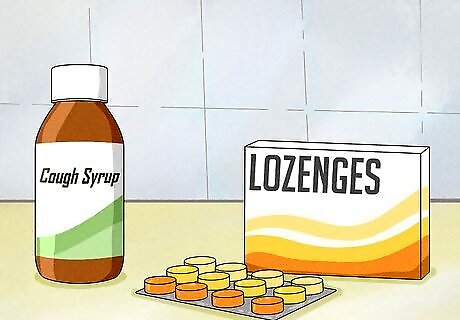
Ask if any medications you use contain sugars. Some prescription and over the counter medications contain sugars for flavoring. Check the medication bottles or ask the pharmacist if any medication you take contains sugars. If so, talk to your doctor about getting a different prescription. Most liquid medications, particularly cough syrups, contain at least some sugar for a better taste. You might have to switch to tablets to keep your sugar intake low. Lozenges also have sugar. If you aren't sure about something, don't hesitate to ask the doctor or pharmacist. The pharmacist may be able to mix up a custom batch of medication for you without sugar.
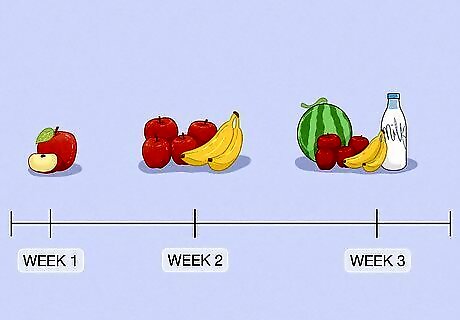
Slowly reintroduce some foods to assess if your tolerance changes. Your sugar intolerance symptoms might gradually improve over time, especially after you’ve been on a low-sugar diet. Try slowly adding some sugar to your diet and seeing how you tolerate it. If your symptoms don’t flare up, then you may be able to tolerate some more sugar in your everyday diet. If you hit a point where your symptoms flare up, then keep your consumption below that level. Reintroduce foods under the guidance of your doctor. If they advise against it, then don’t increase your sugar intake.



















Comments
0 comment